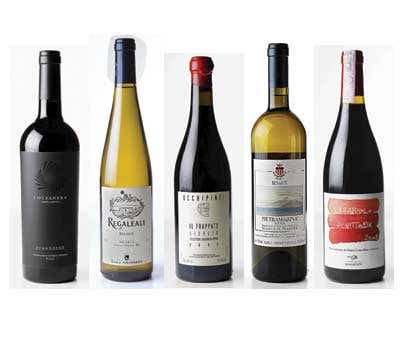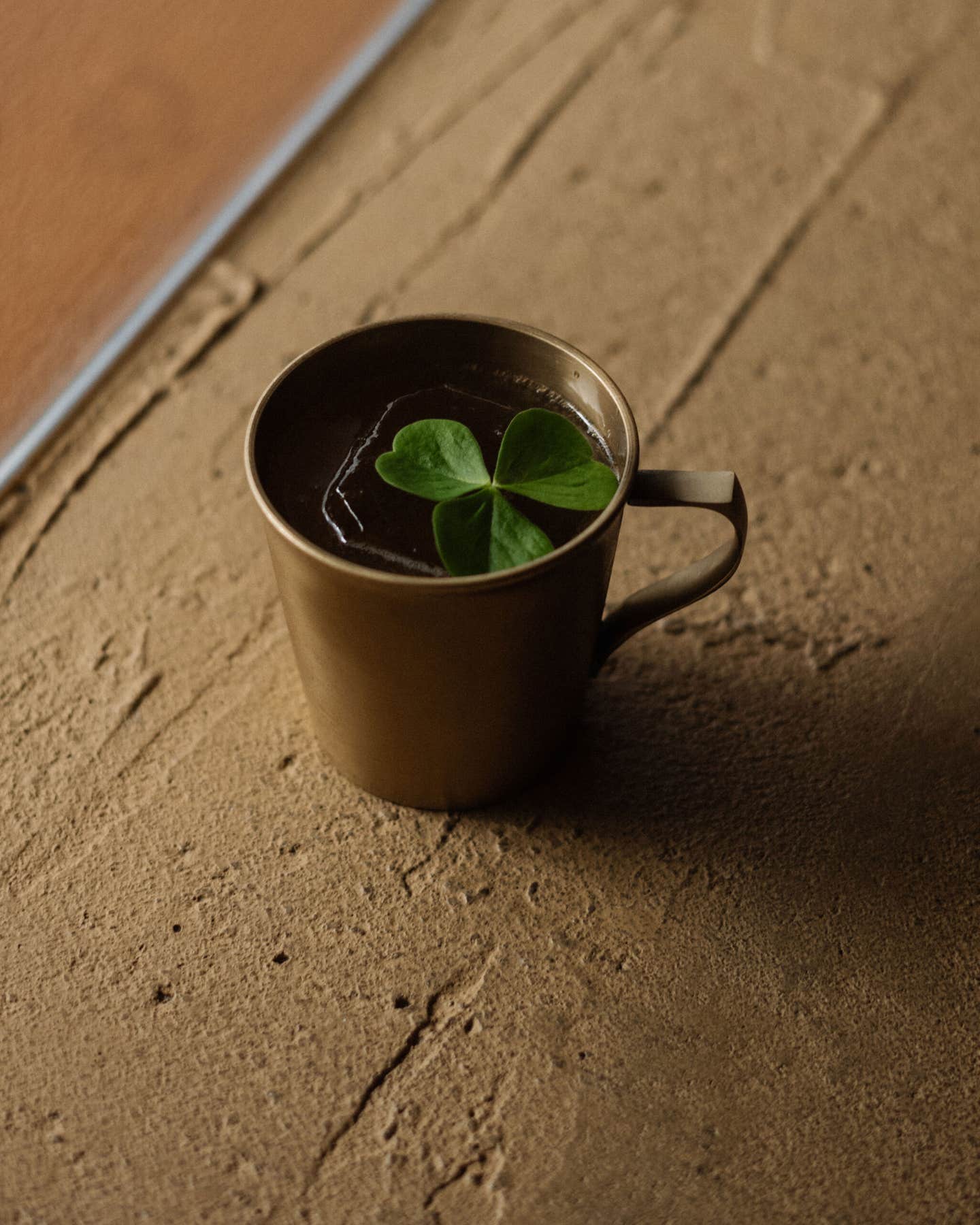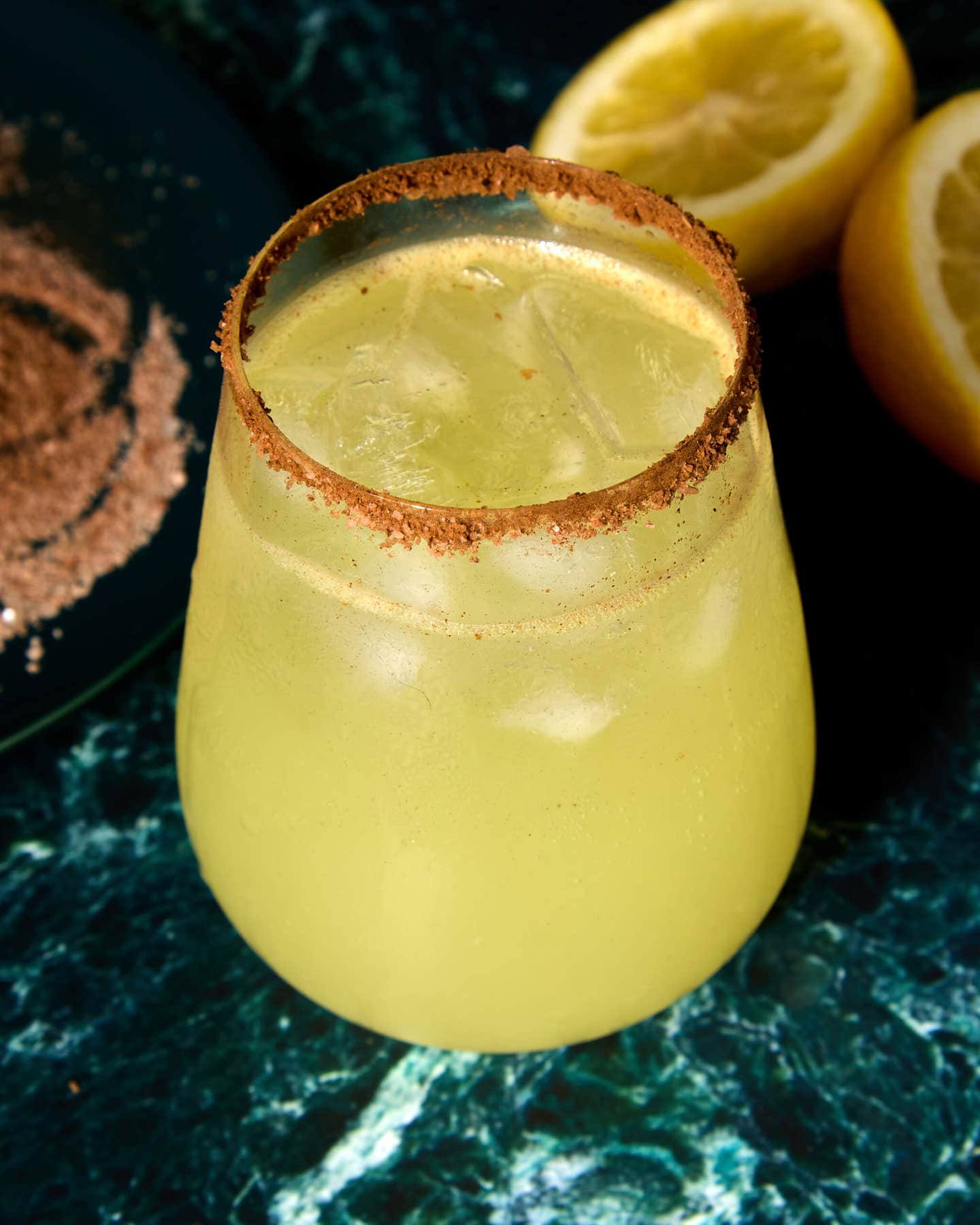
10 Fantastic Sicilian Wines
Sicily has more vineyards than any other region in Italy; it also grows more grapes. Granted, the vast majority of those vineyards raise grapes for marsala, the sweet and dry fortified wine (originally created by a British trader in the 18th century) that's produced in the seaside town of the same name. But in recent years, there's been a lot of excitement around Sicily's regular red and white wines, as producers of bulk wines have started focusing on the quality of their own bottles. "The rediscovery of Sicilian terroirs is accompanied by a boom of smaller-scale quality wine production," writes Robert V. Camuto in his excellent new book Palmento: A Sicilian Wine Odyssey (University of Nebraska Press, 2010). "In 1990 the number of commercial Sicilian wine producers was little more than three dozen; today the number is approaching three hundred." While the island's more established producers (like Tasca d'Almerita of Regaleali in central Sicily) have long bottled varietals like cabernet sauvignon and chardonnay, now winemakers are calling attention to Sicily's indigenous grapes. Probably the best-known red grape is nero d'avola, which can range in flavor from jammy and full-bodied to earthy and spicy. In the region Cerasuolo di Vittoria, nero d'avola is often blended with frappato, a fruity grape with a sweet raspberry flavor, which can also be delicious when bottled on its own. Though grapes have grown on the volcanic slopes of Mount Etna since the fifth century b.c., there's a lot of new interest in the area. The main white variety is carricante, which is light in color but had a big, almost yeasty aroma in the bottles we tried. Etna's best-known red is nerello mascalese, which evokes the gentle fruit flavors of pinot noir (it's often blended with another indigenous grape, nerello capuccio).
Keep Reading
Continue to Next Story










